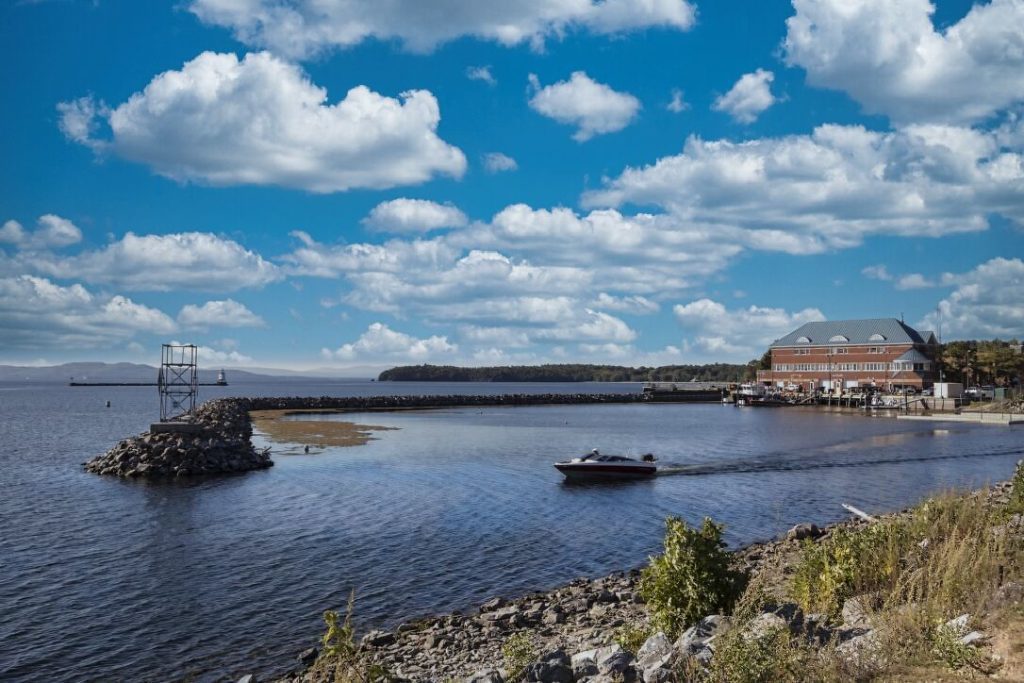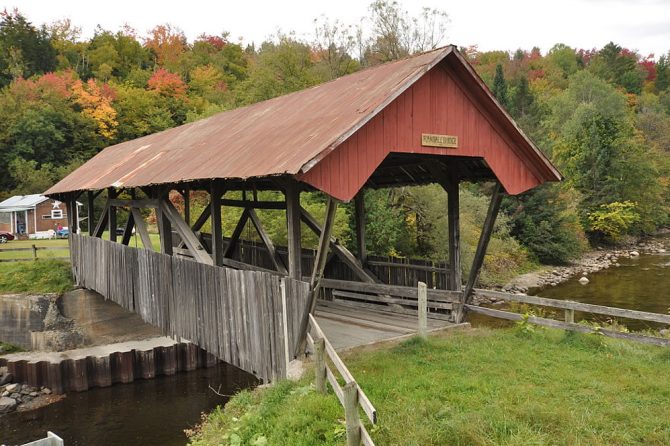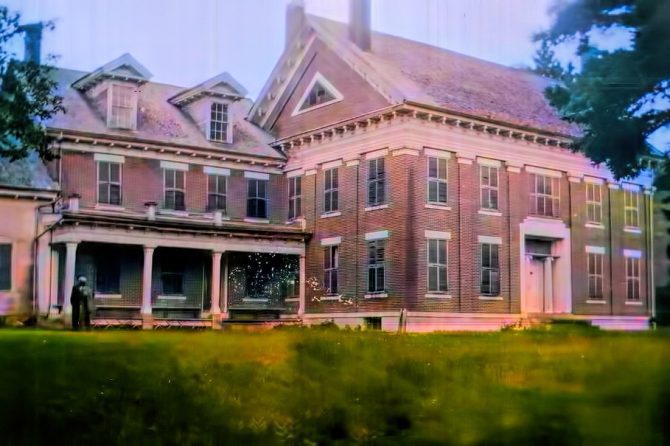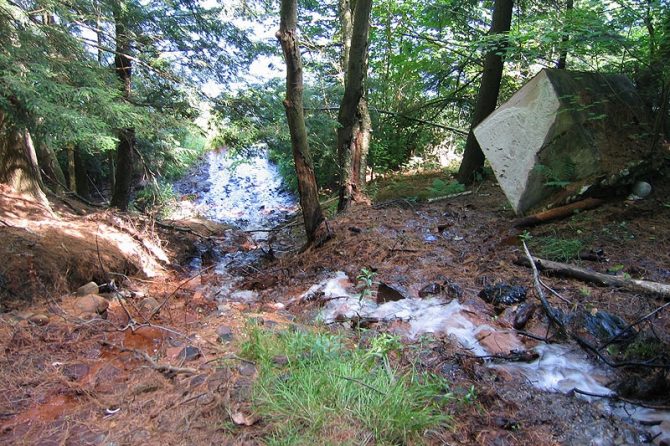Burlington's rich history has left an indelible mark on Vermont's landscape, but some aspects of its past remain stubbornly rooted in place. While the city has evolved into a progressive hub, echoes of its colonial challenges, industrial boom, and Civil War contributions still resonate throughout the area.
These historical remnants aren't just gathering dust; they're shaping Burlington's present and future in unexpected ways. From preserved architecture to longstanding traditions, the city's stuck history offers a unique lens through which to view its development. What hidden stories and forgotten influences continue to impact Burlington's identity today?
Key Takeaways
• The city's early economy was based on agriculture and other industries such as manufacturing and trade.
• The University of Vermont, founded in 1791, contributed significantly to Burlington's growth.
• Burlington played a vital role in the Union's Civil War effort, provided strong support to the Union war effort, raising troops and money.
• In 2014, Burlington became the first U.S. city to source 100% of its electricity from renewable sources.
Early Settlement of Burlington
Burlington's early settlement began in 1783 when Stephen Lawrence and his family established the first permanent homestead in the area. It was nine years before when he purchased a tract of land here, moved his family into town, thus becoming the first to arrive after the war. They were soon joined by other pioneers, attracted by the region's fertile land and strategic location on Lake Champlain.
Burlington was chartered in 1763 and was likely named for wealthy New York landowner Edward Burling and his family, according to the book “Legendary Locals of Burlington, Vermont” by Robert J. Resnik.
A Natural Harbor on Lake Champlain
In the following decades, Burlington grew rapidly as a center for trade and commerce. Its natural harbor on Lake Champlain made it an ideal port for shipping goods to and from Canada and other parts of New England. The town's economy was initially based on agriculture, with wheat and potatoes being major crops.
By the early 1800s, Burlington had become a thriving community with a diverse population. Burlington experienced significant economic growth in the 19th century, largely due to its strategic location on Lake Champlain. The city became a major lumber port, with the waterfront serving as the economic driver. This industrial heritage is still visible in the city's architecture and layout.
It boasted several mills, shops, and taverns, as well as a courthouse and jail. The University of Vermont, founded in 1791, further contributed to the town's growth and reputation as a center of learning.
The arrival of steamboats on Lake Champlain in 1809 revolutionized transportation and commerce, cementing Burlington's position as a key regional hub. This set the stage for its continued expansion and development throughout the 19th century.
Colonial Era Challenges
Settlers in Burlington faced numerous hardships during the colonial era, including harsh winters, conflicts with Native Americans, and isolation from other established communities. The rugged terrain and dense forests made travel difficult, limiting access to supplies and communication with neighboring settlements. Winter's frigid temperatures and heavy snowfall often left colonists struggling to survive, forcing them to rely on careful planning and food preservation techniques.
Tensions with local Native American tribes, particularly the Abenaki, posed a constant threat to the settlers' safety. Skirmishes and raids weren't uncommon, leading to the construction of fortifications and the need for constant vigilance. The French and Indian War further complicated matters, as Burlington's strategic location near Lake Champlain made it vulnerable to attack.
Disease Outbreaks Threaten the Community
Disease outbreaks, such as smallpox and influenza, swept through the community periodically, devastating the population and straining limited medical resources. The lack of established infrastructure meant that settlers had to be self-reliant, building their own homes, clearing land for agriculture, and developing local industries from scratch.
Despite these challenges, Burlington's early residents persevered, laying the foundation for the town's future growth and prosperity.
Industrial Revolution's Local Impact
As Burlington emerged from its colonial challenges, the Industrial Revolution swept through the region, transforming the local economy and society in profound ways. The city's strategic location on Lake Champlain became a catalyst for industrial growth, with the waterfront bustling with new factories and mills.
Textile manufacturing took center stage, with wool and cotton mills springing up along the Winooski River. These factories provided employment opportunities, attracting workers from rural areas and immigrants seeking a better life. The lumber industry also boomed, capitalizing on the region's abundant forests and water power.
Transportation and its Critical Role in Burlington's Development
Transportation innovations played a pivotal role in Burlington's industrial development. The arrival of steamboats on Lake Champlain in the early 1800s connected the city to larger markets, while the construction of railroads in the mid-19th century further expanded trade networks.
The Industrial Revolution brought both prosperity and challenges to Burlington. While it created wealth and job opportunities, it also led to urban crowding, poor working conditions, and environmental degradation.
These issues would shape the city's social and political landscape for decades to come, as residents grappled with the consequences of rapid industrialization.
Burlington's Role in Civil War
When the Civil War erupted in 1861, Burlington‘s strategic location and industrial prowess made it an important hub for the Union's war effort. The city's bustling port on Lake Champlain became a vital link in the supply chain, facilitating the transport of troops, weapons, and provisions to the front lines. Vermont as a state did play a significant role in the conflict.
Burlington's thriving lumber industry shifted its focus to meet wartime demands, producing everything from ships to gun stocks. The Queen City Foundry, known for its peacetime production of stoves and plows, began manufacturing cannons and other military hardware. Local textile mills churned out uniforms and blankets for Union soldiers.
A Call to Arms
The city's contribution wasn't limited to manufacturing. Hundreds of Burlington men answered the call to arms, joining regiments like the 1st Vermont Cavalry and the 13th Vermont Infantry. The University of Vermont transformed into a temporary military hospital, treating wounded soldiers from both sides of the conflict.
Burlington's commitment to the Union cause was unwavering throughout the war. The city's efforts in supplying materials, manpower, and medical care played a significant role in supporting the North's eventual victory, cementing Burlington's place in Civil War history.
Modern Growth and Development
Burlington's transformation from a Civil War-era industrial center to a modern, vibrant city began in the mid-20th century with a wave of urban renewal projects and economic diversification. The city's waterfront, once dominated by industrial sites, underwent a significant revitalization. Old warehouses were converted into shops, restaurants, and cultural spaces, attracting both residents and tourists.

Preserved Architecture
The city's rich architectural heritage, which began taking shape in the 19th century, is still evident today. Historic districts and well-designed buildings stand as a testament to Burlington's past.
In the 1960s and 1970s, Burlington saw the establishment of several key institutions that would shape its future. The University of Vermont expanded its campus and programs, while the opening of the Church Street Marketplace in 1981 created a pedestrian-friendly shopping district that became the city's social hub.
Environment Concerns and Renewable Energy
Environmental consciousness also played a pivotal role in Burlington's development. The city embraced renewable energy, becoming the first in the nation to source 100% of its electricity from renewable sources in 2014. This commitment to sustainability has attracted eco-conscious businesses and residents.
Burlington's population has grown steadily, with a diverse influx of new residents drawn by the city's quality of life, outdoor recreation opportunities, and thriving arts scene. Today, Burlington stands as a model for sustainable urban development, balancing economic growth with environmental stewardship.
The waterfront's transformation from an industrial area to a public space is a prime example of how Burlington's history continues to shape its present. The Urban Reserve, for instance, was intentionally left undeveloped for future generations to decide its use, and has since become a popular natural area
Conclusion
In conclusion, many aspects of Burlington's history continue to impact its identity today. From its indigenous roots and colonial founding to its industrial past and environmental present, the city's history is indeed shaping its development in various ways. The preserved architecture, repurposed industrial sites, and ongoing debates about land use (such as the Urban Reserve) all demonstrate how Burlington's past continues to influence its present and future
The city's story is a tribute to Vermont's enduring spirit.
Thank you for visiting Vermonter.com! Please subscribe to our email list for the latest articles!





